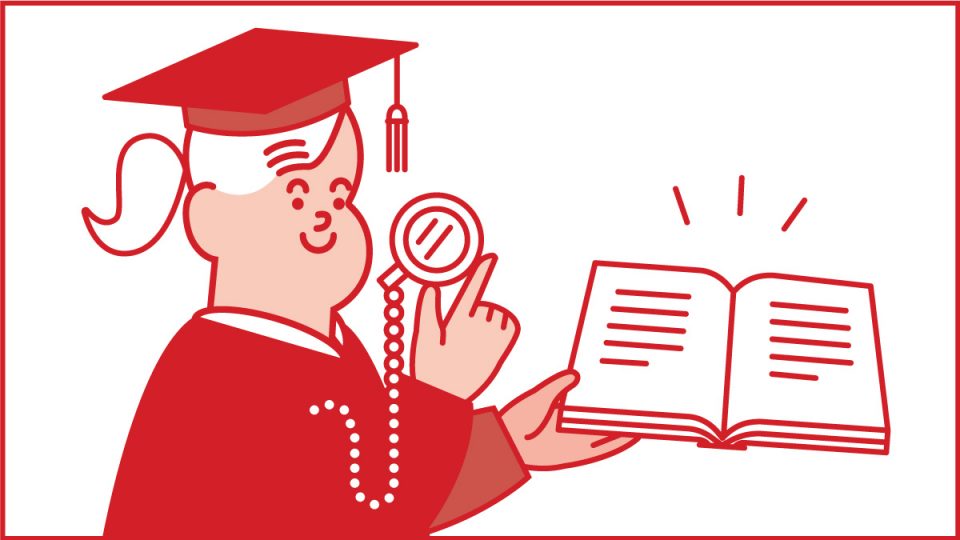Get more! Sign up for PLANSPONSOR newsletters.
How Does the SECURE 2.0 Act Affect Qualified Distributions?
Experts from Groom Law Group and CAPTRUST answer questions concerning retirement plan administration and regulations.
Q: I heard that the SECURE 2.0 Act modified Qualified Birth or Adoption Distributions, or QBADs. I had a child in 2022. Can I still take advantage of the QBAD provision in my 403(b) plan or IRA (I have both)?
A: Yes, you can still take advantage of the QBAD provision to take a penalty-free distribution of up to $5,000 (per child) from your employer’s eligible plan (e.g., 403(b) plan, presuming that your plan permits QBAD distributions; otherwise, you must have another qualifying event, such as a termination of employment, to receive the distribution) or your IRA, so long as the distribution is made within one year of the date of your child’s birth or adoption.
While QBADs are exempt from the 10% early withdrawal penalty, they are subject to ordinary income taxes. However, those income taxes paid can be refunded if the distribution is repaid to an eligible retirement plan (e.g., the 403(b) plan, in your case) or IRA. There used to be an unlimited period of time to make such a repayment, but the SECURE 2.0 Act generally changes that time period to three years from the date of the distribution: Distributions made on or prior to December 29, 2022, must be repaid by December 31, 2025, in order to obtain a refund of income taxes paid. Notably, SECURE 2.0 did not change the time period for requesting a QBAD. Therefore, depending on when you had a child in 2022, you may still be within the one-year period to request a distribution.
NOTE: This feature is to provide general information only, does not constitute legal advice and cannot be used or substituted for legal or tax advice.
Do YOU have a question for the Experts? If so, we would love to hear from you! Simply forward your question to Amy.Resnick@issgovernance.com with Subject: Ask the Experts, and the Experts will do their best to answer your question in a future column.



